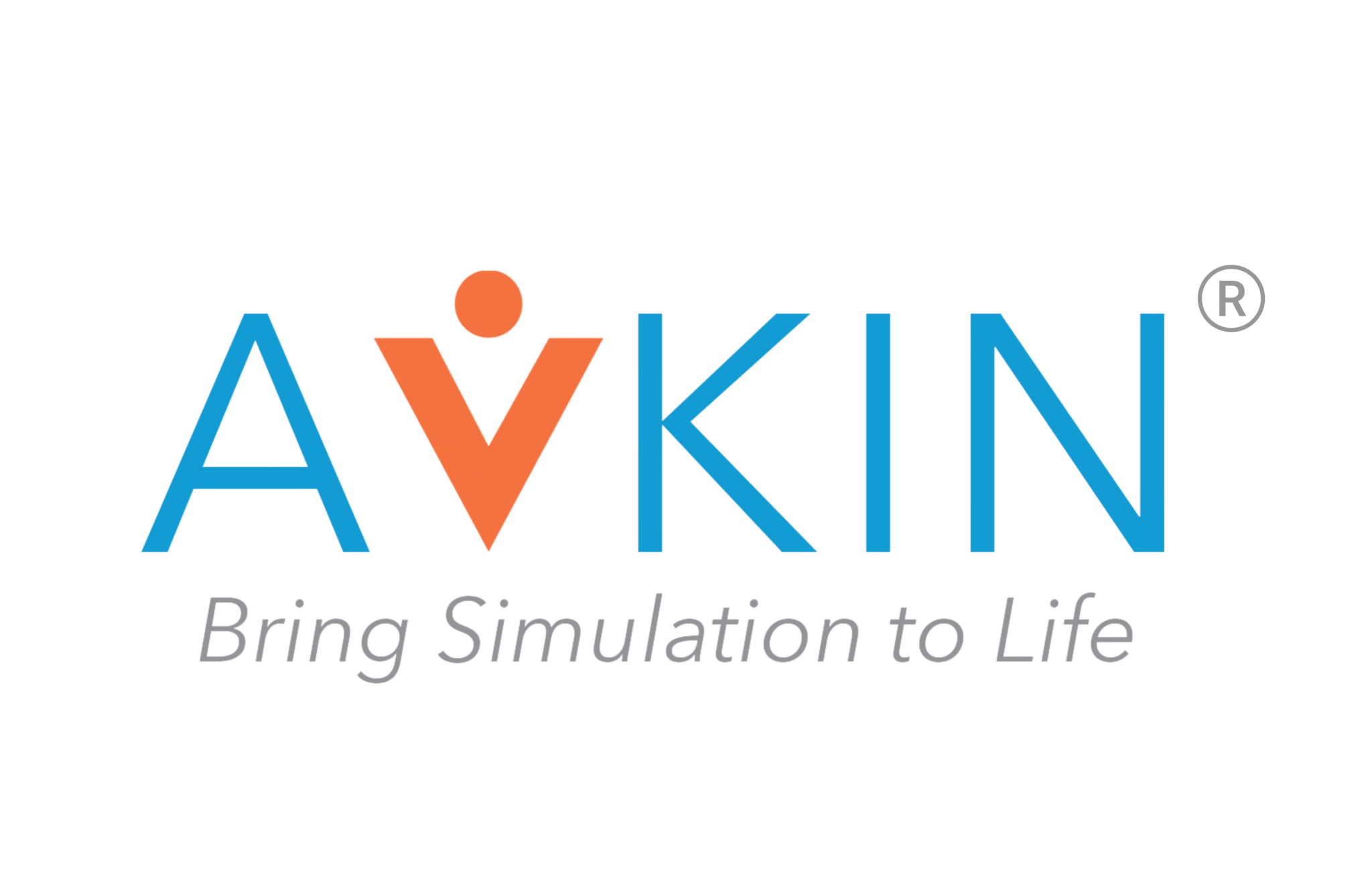Frequently Asked Questions
FAQ
- High fidelity simulation is widely considered the “gold standard” for simulation. It typically involves a high fidelity manikin that mimics human life through technology by “breathing” and automatically responds when the health care learner performs a skill or procedure on the “patient” Additionally, High Fidelity Simulation is often associated with Simulation in accordance with INACSL Standards of Best Practice instead of Skills, it is more scenario-based and includes pre-briefing, the scenario, and de-briefing. For Avkin’s purposes, the highest-fidelity simulation occurs with a trained Simulated Participant in accordance with ASPE Standards of Best Practice and can also include a haptic wearable simulator.
- We at Avkin recommend achieving a certification that aligns with your objectives as a simulator. If your goals are to be a certified standardized participant, then we recommend our Avkin certificate program, which can be found here.
- The goal of simulation in nursing is focused primarily on patient safety. Providing learners with the most realistic, patient-centered will foster more prepared learners who are confident and competent when going bedside for the first time, and every time thereafter. For us at Avkin, this contributes to building a safer health system. With nearly 98,000 deaths/year from medical errors, our goal has and always will be contributing to curbing this figure.
- The benefits of using SP’s in a live simulation is including the element of human touch. Quite simply, human interaction makes the simulation more accurate to real life. While manikins can teach learners how to do simple skills, they can not compare to working with a real person in a real bed. Utilizing simulated participants allows learners to develop critical thinking skills that are key to effective patient centered, compassionate care.
- Products that focus on increasing the realism of the learning experience. The ability for a simulation to replicate real life through use of devices, equipment, and environment all aid in creating the most realistic simulation experience possible for learners.
- Rooted in the Latin words, “Akin” and “Vera,” Avkin is the combination of the two. With Akin meaning ‘of similar character,’ and vera meaning ‘truth,’ our goal has always been to create the best quality products that allow for education to be ‘of similar character’ and ‘true’ to what the learners will experience in real life.
In our hearts it means truly like the real thing.
- Amy Cowperthwait was hired by University of Delaware as a nursing simulationist. While working in the lab with manikins, the focus of the day was a tracheostomy simulation. The students walked in and said “Hi, Mr. Jones. What is your name and date of birth?” Amy didn’t respond, as tracheostomy patients are typically nonverbal. The students looked at the lifeless manikin, said “Oh my goodness, he’s dead!” and began chest compressions. While watching the students try to save the manikin, Amy sat in the control room wondering how they got to chest compressions when the patient just needed to be suctioned. Realizing that a human element was needed to properly educate her students, Amy started thinking of an overlay that someone could wear to give appropriate, real-life responses…
- “A mix of AR and simulated participants for training. There is no denying that VR/AR technology is just getting better. The key to the technology better preparing our learners for the clinic is acknowledging that they will still not replace human interaction. I think the future of simulation is using VR and AR technology as an interactive way to complete repetitive tasks, while using simulated participants to learn the human element that can so easily be overlooked by cool tech.” – Amy Bucha, Chief Scientific Officer
